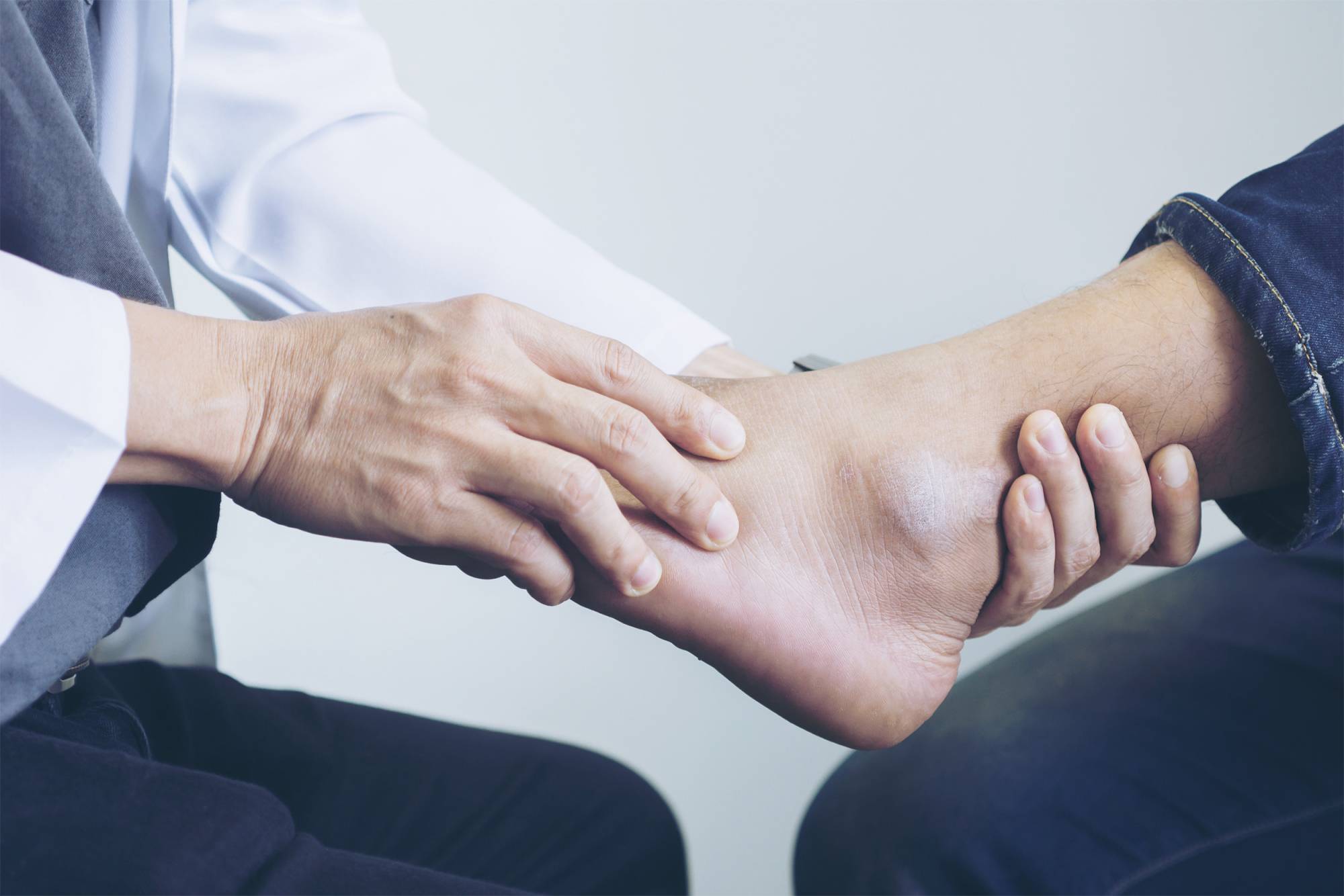Authors: Raymond Y. Hsu, MD, Scott VanValkenburg, MD, Altug Tanriover, MD, Christopher W. DiGiovanni, MD
Introduction
The surgical release of the gastrocnemius-soleus complex has evolved significantly over centuries, initially aimed at addressing clubfoot deformity or equinus contracture. Recent decades have seen a sharp increase in the recognition of isolated gastrocnemius contracture as a significant factor in various foot and ankle pathologies.
Anatomic Basis
The gastrocnemius-soleus complex, or triceps surae, is a powerful muscle complex that influences the ankle and subtalar joints. The gastrocnemius muscle spans the knee, influencing foot and ankle pathology by virtue of its biomechanical leverage.
Indications
Indications for gastrocnemius lengthening include limited ankle dorsiflexion due to isolated gastrocnemius contracture, often distinguishable by the Silfverskiold test. This procedure has been shown to alleviate symptoms associated with metatarsalgia, plantar fasciitis, Achilles tendinopathy, and more.
Surgical Techniques
Various techniques such as the Silfverskiold procedure, Strayer procedure, and Vulpius and Baker's techniques have been developed, focusing on different aspects of the gastrocnemius muscle and tailored according to the surgeon's familiarity, technical considerations, and the patient's specific needs.
Outcomes
The effectiveness of different gastrocnemius recession techniques varies, but generally, an improvement of 10 to 15 degrees in ankle dorsiflexion can be expected. The choice of technique often depends on surgeon preference, anatomical considerations, and the specific requirements of the pathology addressed.
Complications
While generally safe, complications such as nerve injury, weakness, or dissatisfaction with cosmetic outcomes can occur. The incidence of such complications is low but requires consideration when planning surgical interventions.

 Prendre rendez-vous
Prendre rendez-vous

